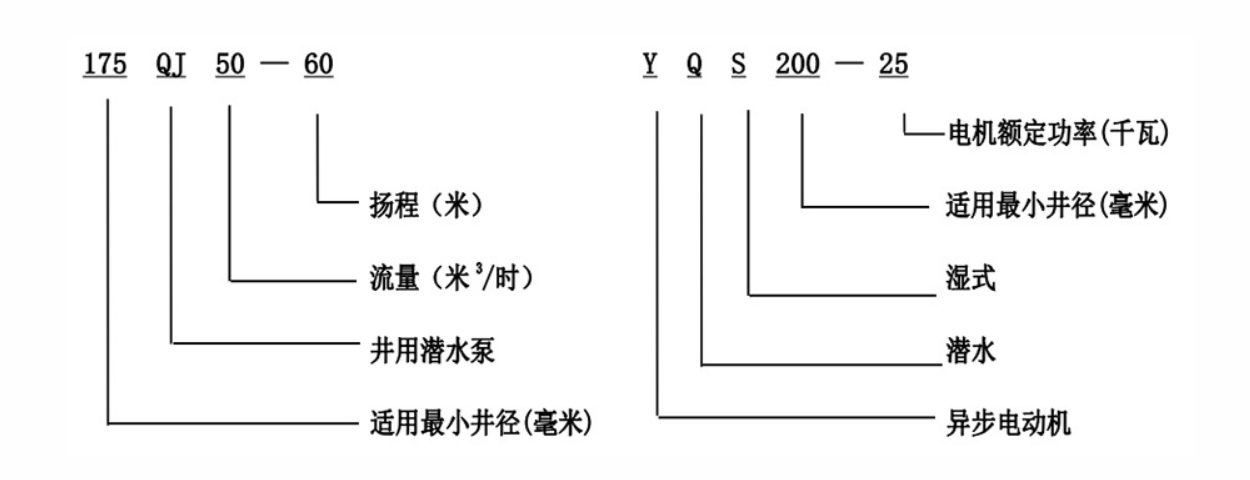Nov . 12, 2024 17:22 Back to list
submersible well pump motors
Understanding Submersible Well Pump Motors An Essential Guide
In the world of water extraction, submersible well pump motors play a crucial role in ensuring the effective transition of groundwater to the surface. These motors are specifically designed to function underwater, making them an indispensable component in various applications, ranging from residential water supply systems to agricultural irrigation and industrial processes. This article delves into the fundamental aspects of submersible well pump motors, their working principles, advantages, and essential considerations for selection and maintenance.
What Is a Submersible Well Pump Motor?
A submersible well pump motor is an electric motor specifically designed to operate in a submerged environment. These motors are often coupled with a pump that is situated deep within a borehole or well, allowing them to push water to the surface. Unlike other types of pumps that work by suction, submersible pumps utilize the atmospheric pressure surrounding the water source, thus making them more efficient in lifting water from profound depths.
Working Principles
The operation of a submersible well pump motor is relatively straightforward. When the motor is energized, it drives the pump impeller, which creates a pressure difference that forces water from the well into the pump and up through the discharge. Typically, the motor is hermetically sealed to prevent water from entering and damaging the electrical components. Additionally, submersible pumps are often connected to control systems that regulate their operation based on demand, ensuring they run efficiently without wasting energy.
Advantages of Submersible Well Pump Motors
1. Efficiency Submersible well pump motors are known for their high efficiency in lifting water from deep sources. Their design minimizes energy loss, making them an ideal choice for long-term operation.
2. Space-saving Since the pump and motor are submerged, there is no need for large surface infrastructure. This makes submersible systems suitable for locations where space is limited.
3. Reduced Noise Levels Operating underwater, these motors tend to produce less noise compared to surface pumps, making them a favorable option in residential and urban areas.
4. Reliability Submersible motors are built to withstand harsh environmental conditions, including moisture and varying temperatures, which contributes to their long operational life when properly maintained.
submersible well pump motors

5. Versatility These motors can be used in a wide variety of applications, including irrigation, aquaculture, mining, and municipal water supply, demonstrating their adaptability to different industry needs.
Key Considerations for Selection and Maintenance
When selecting a submersible well pump motor, several factors must be considered to ensure optimal performance
1. Power Requirements Evaluate the horsepower requirements based on the depth of the well and the volume of water needed. The correct power rating ensures efficient operation and longevity.
2. Material Composition Choose motors constructed from high-quality materials that resist corrosion, particularly in environments with aggressive water chemistry.
3. Pump Design The type of pump (centrifugal, peristaltic, etc.) should align with the specific application and depth requirements of the well.
4. Installation Proper installation is critical for the efficiency and safety of the system. This might involve specific alignment and securing practices to prevent damage during operation.
5. Regular Maintenance Routine inspections and maintenance checks can prevent more significant issues down the line. This includes monitoring seal integrity, motor performance, and the overall functionality of the pump.
Conclusion
Submersible well pump motors are a critical component in modern water management systems, providing efficient and reliable solutions for extracting groundwater. By understanding their working principles, advantages, and the importance of careful selection and maintenance, users can ensure they make informed decisions, thus maximizing their investment in these essential pumping systems. As the demand for efficient water management continues to grow, submersible well pump motors will remain at the forefront, driving innovation and sustainability in water resource management.
-
Submersible Water Pump: The Efficient 'Power Pioneer' of the Underwater World
NewsJul.01,2025
-
Submersible Pond Pump: The Hidden Guardian of Water Landscape Ecology
NewsJul.01,2025
-
Stainless Well Pump: A Reliable and Durable Pumping Main Force
NewsJul.01,2025
-
Stainless Steel Submersible Pump: An Efficient and Versatile Tool for Underwater Operations
NewsJul.01,2025
-
Deep Well Submersible Pump: An Efficient 'Sucker' of Groundwater Sources
NewsJul.01,2025
-
Deep Water Well Pump: An Efficient 'Sucker' of Groundwater Sources
NewsJul.01,2025
-
 Submersible Water Pump: The Efficient 'Power Pioneer' of the Underwater WorldIn the field of hydraulic equipment, the Submersible Water Pump has become the core equipment for underwater operations and water resource transportation due to its unique design and excellent performance.Detail
Submersible Water Pump: The Efficient 'Power Pioneer' of the Underwater WorldIn the field of hydraulic equipment, the Submersible Water Pump has become the core equipment for underwater operations and water resource transportation due to its unique design and excellent performance.Detail -
 Submersible Pond Pump: The Hidden Guardian of Water Landscape EcologyIn courtyard landscapes, ecological ponds, and even small-scale water conservancy projects, there is a silent yet indispensable equipment - the Submersible Pond Pump.Detail
Submersible Pond Pump: The Hidden Guardian of Water Landscape EcologyIn courtyard landscapes, ecological ponds, and even small-scale water conservancy projects, there is a silent yet indispensable equipment - the Submersible Pond Pump.Detail -
 Stainless Well Pump: A Reliable and Durable Pumping Main ForceIn the field of water resource transportation, Stainless Well Pump has become the core equipment for various pumping scenarios with its excellent performance and reliable quality.Detail
Stainless Well Pump: A Reliable and Durable Pumping Main ForceIn the field of water resource transportation, Stainless Well Pump has become the core equipment for various pumping scenarios with its excellent performance and reliable quality.Detail
